When venturing into the great outdoors, the right tools can make all the difference. For bushcraft enthusiasts, choosing between a tomahawk and a hatchet is more than just a matter of preference—it's about selecting the best tool for survival and efficiency. This comprehensive guide will delve into the nuances of both tools, helping you decide which is the superior choice for your bushcraft needs.
Key Takeaways:
- Versatility and Functionality: Understand which tool offers more versatility and is suited for a variety of bushcraft tasks.
- Design and Handling: Compare the design features that influence handling and effectiveness in bushcraft scenarios.
- Durability and Maintenance: Evaluate which tool is easier to maintain and more durable under harsh conditions.
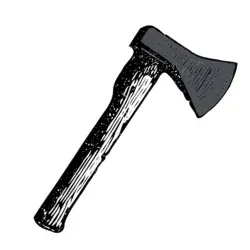
Understanding the Basics: Tomahawk vs. Hatchet
The tomahawk and hatchet, often used interchangeably in conversation, have distinct characteristics that set them apart. A tomahawk traditionally features a lighter head and a longer handle, making it excellent for throwing and versatile tasks. On the other hand, hatchets, with their heavier heads and shorter handles, are designed primarily for chopping and splitting wood.
Both tools have their roots deeply embedded in history, with the tomahawk being a prominent tool and weapon among Native Americans, and the hatchet being a staple in the arsenal of European settlers and woodsmen.
Design Differences: What Sets Them Apart?
Tomahawk Features
Tomahawks are designed with a narrow eye and a round eye, which allows for easy handle replacement in the field. The typical tomahawk head is not only lighter but also balanced for both chopping and throwing. Many modern tomahawks, like the CRKT Woods Chogan Tomahawk, incorporate features such as a hammer poll for added utility.
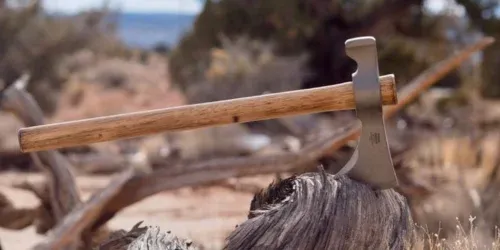
Hatchet Features
Hatchets are generally equipped with a wider eye, a slightly larger head weight, and a shorter handle compared to tomahawks. This design maximizes striking power and makes them ideal for splitting tasks. Hatchets like the Fiskars X7 offer excellent edge retention and a secure grip, enhancing their functionality as a camp tool.
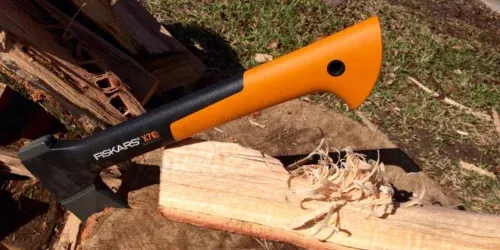
Versatility in Bushcraft: Multi-Purpose Use
Tomahawk Versatility
The tomahawk's lighter head and longer handle make it a more versatile tool in bushcraft. It can perform a range of tasks from chopping wood to being used as a hammer. Its design allows for one-handed use, making it a handy companion for various bushcraft chores.
Hatchet Versatility
While hatchets are predominantly known for their wood-splitting prowess, they are no slouch in versatility either. A good hatchet can handle most camp chores from making kindling to doubling as a hammer. Their robust construction also allows for tougher tasks that might damage lighter tools.
Handling and Ergonomics: Ease of Use
Historical Evolution: Tomahawk and Hatchet
The journey of the tomahawk and hatchet through history is as rich and textured as the wood they chop. Originally, tomahawks were used by Native Americans as both a tool and a weapon, embodying versatility and adaptability with features like a lighter head and a handle that could be quickly fashioned from available wood. On the other hand, hatchets have been European staples, evolving from medieval axes to become indispensable in the arsenal of survival tools. Both have adapted over centuries, but their core purposes — cutting, splitting, and shaping — have remained remarkably consistent, showcasing their enduring relevance in bushcraft.
Transitioning to modern times, the evolution has seen tomahawks like the Cold Steel Trail Hawk incorporate contemporary materials such as carbon steel for the head and hickory for handles, enhancing durability and edge retention. Hatchets, too, have seen innovations, with designs featuring hammer polls for driving in tent stakes or crushing nuts. These enhancements reflect a deep understanding of bushcraft needs, marrying historical significance with modern functionality, making both tools not just survivors of the past but essential companions in the present.
Material and Craftsmanship: Choosing Quality
When selecting a tomahawk or hatchet for bushcraft, the devil is in the details — or rather, in the materials and craftsmanship. A high-quality tomahawk, such as those with a forged steel head and a hickory handle, offers a balance of toughness and comfort, crucial for tasks from chopping wood to crafting shelters. The steel ensures the head retains its sharpness, while the hickory handle absorbs shocks, reducing fatigue during extended use. This combination is not just about functionality but also about creating a tool that feels like an extension of the hand, seamless and intuitive in use.
Similarly, the craftsmanship in hatchets involves ensuring that the axe head is securely attached with a wooden wedge or a round eye, preventing any wobble that could lead to accidents. The presence of a nylon sheath or a belt loop adds layers of practicality, protecting the blade and allowing easy transport. For bushcraft enthusiasts, these features transform a simple hatchet into a multi-purpose tool, capable of performing camp chores with efficiency and safety. The right materials and craftsmanship convert these tools from mere implements to trusted companions in the wild.
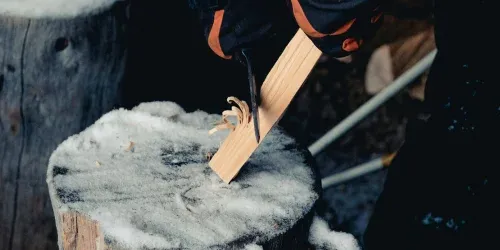
Tomahawk Handling
The longer handle and balanced design of tomahawks offer greater control and less fatigue during extended use. This makes them particularly useful for tasks that require precision and finesse, such as carving and detailed woodwork.
Hatchet Handling
Hatchets are designed for power. The shorter handle provides more control and power, making them ideal for heavy-duty chopping tasks. The secure grip, often enhanced by finger grooves or a rubber handle, ensures safety and efficiency during use.
Durability and Maintenance: Long-Term Use
Tomahawk Durability
Tomahawks, especially those made from high-quality carbon steel, are built to last. The simplicity of their design means fewer points of failure, and the ease of replacing the handle in the field reduces downtime.
Hatchet Durability
Hatchets are equally durable, with many featuring full-tang construction that extends the metal head through the handle. This design enhances strength and longevity, making hatchets a reliable tool for rigorous bushcraft activities.
Practical Applications: Real-World Usage
Tomahawk in Action
Consider the scenario where you need to quickly build a shelter or set up camp defenses. The tomahawk's ability to chop, dig, and hammer can be indispensable. Its lightweight nature allows for swift maneuverability, crucial in survival situations.
Hatchet in Action
When faced with the need to split large logs or make substantial amounts of kindling, the hatchet's striking power and heavier head weight come into their own. The hatchet handles these tasks with ease, saving time and energy.

Summary
Choosing between a tomahawk and a hatchet for bushcraft largely depends on your specific needs and the nature of your outdoor activities. If you value versatility and ease of handling, a tomahawk might be your best bet. However, for more intensive chopping and splitting tasks, a hatchet could prove more beneficial. Both tools offer unique advantages and can be essential components of any bushcraft toolkit.
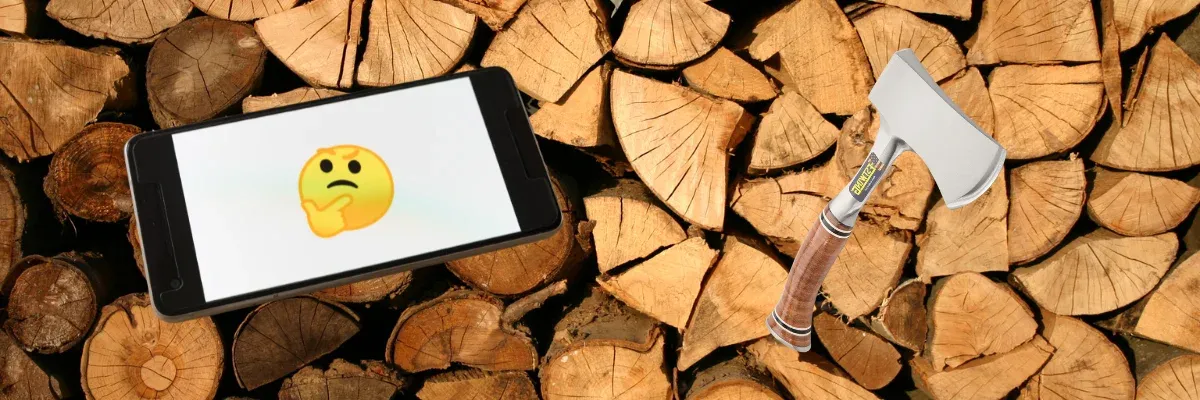
FAQs
Can a tomahawk replace a survival knife?
While a tomahawk can perform many of the same functions as a survival knife, it cannot completely replace it. A survival knife is better suited for more precise cutting tasks and is an essential tool for detailed work.
Is it necessary to carry both a tomahawk and a hatchet?
Carrying both tools can be beneficial but isn't necessary. Assess the specific requirements of your trip and choose the tool that best fits the majority of your needs.
How do I maintain my tomahawk or hatchet while in the field?
Regular maintenance includes cleaning the blade after use, oiling the metal parts to prevent rust, and sharpening the edge as needed. For tomahawks, ensure the handle is securely attached and replace it if it becomes loose or damaged.
Related articles:











